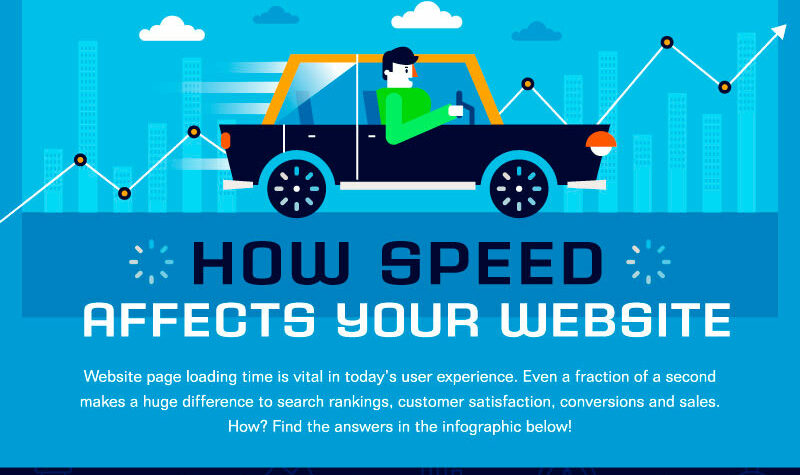Mobile Website Speed in 2019: Stats & Trends
Google has been pushing for faster websites for years. And experts agree with Google as it makes sense that slow websites are disliked by every internet user in these digital times. No wonder, every internet marketer was crazy about improving website speed in 2019.
Why all the hullabaloo about improving website speed? A couple of reasons.
First, Google is not just urging website owners to improve mobile website speed through conversation. Google takes action to make web faster.
In 2019, Google’s ranking system started penalizing slow mobile websites. Moreover, this is also when Google started rolling out mobile first indexing. This means if the mobile pages are slow, poorly made, or don’t exist at all, your search rankings get ranked down into oblivion.
This is not the only issue with slow mobile speed. There is a common misconception that mobile website performance does not matter as much as desktop one. This is not true. Users have similar expectations from mobile and desktop websites.
What’s more, if they are slow mobile websites suffer the same drawbacks – loss of traffic, less time spent on site, and reduced conversion rates.
All of this made the situation with mobile website speed change. Let’s see how.
Mobile websites are still much slower than desktop ones. At the start of 2019, mobile load times averaged at 22 seconds. But, with Google’s new changes, it was either speed up your mobile site or lose a big chunk of your search traffic.
A lot of website owners reacted. The average mobile load time moved from 22 seconds to 15.3 seconds by February. The 2019 report is not out yet, but we can expect even faster load times.
That is not to say there’s no room from improvement. The recommended load time is 3 seconds. Even if the global mobile load speed halves, mobile websites won’t be fast enough yet.
It won’t be long, though, before fast mobile sites become the industry standard. Those who don’t improve their websites’ mobile experience will suffer increasingly severe drawbacks as time passes.
We talked a lot about mobile sites, but we didn’t say what it means for you.
For starters, if your site doesn’t have a mobile version already, create one. Mobile pages are much easier to load and use on mobile devices.
If you use a content management solution like WordPress or Joomla, you can find a plugin that optimizes a site for the mobile experience. Plugins like WP Touch and JoomlaShine are good options.
You can also custom-code a mobile site or use a conversion platform. Duda can turn a desktop website into a mobile one. The process is simple, but keep in mind you need a separate subdomain for the mobile site.
Alternatively, you can try a mobile-first responsive design. The responsive design just means your site works well on a variety of platforms. Mobile-first means designing your site with mobile devices in mind.
With mobile sites, you only include the essential elements. That way, you create the core of your site first and expand into a desktop version. This is easier than simplifying a desktop site for mobile browsing.
As for speed, you can solve a lot of mobile page issues by compressing code and images. Google suggests reducing page size below 500Kb.
Mobile phone and tablet screens are much smaller than desktops. Optimizing websites to deliver responsive images based on viewing screen size, can further help you reduce the page size and improves speed.
Other than that, you can try Accelerated Mobile Pages. AMP is an open-source project by Google that strips page code down to the bare minimum. AMP delivers incredible results when optimizing mobile website speed.
Irrespective all these technical tweaks you could do on your website, it is almost impossible to improve your website loading speed on mobile devices with slow web hosting behind your website. So make sure your host is one of the bests in terms of loading speed. Nick, the curator of the Website Load Time Statistics graphic, also tested which host is the best when it comes to speed. Check it and choose your best host.
Do all of this and you should have no problems with your mobile site. Improving mobile sites should be the top priority in 2019, so don’t miss out on doing it as soon as possible.
For any other info you might need, the infographic below has a pile of information on website speed. Almost everyone can find out something new by reading it.
>



Leave a reply